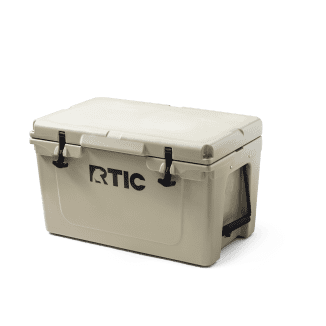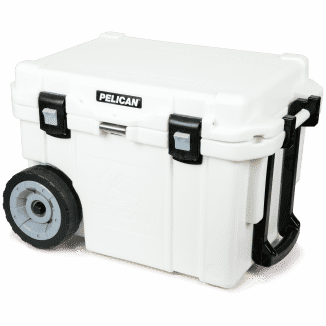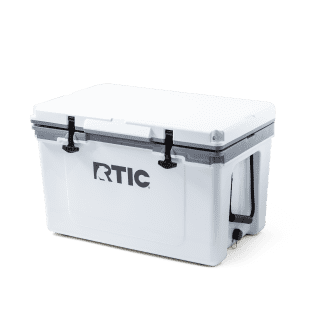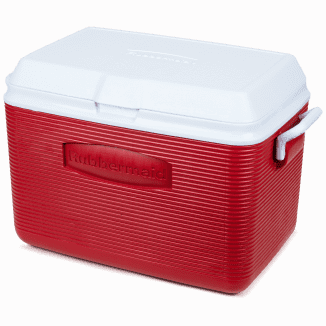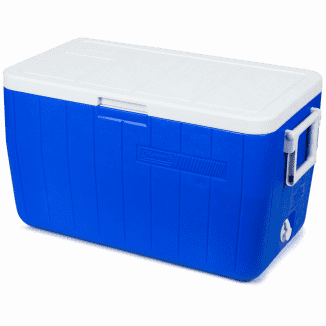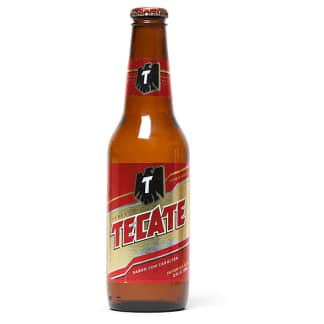A cooler is an indispensable tool for the traveling cook, coming in handy for camping, beach trips, long car rides, parties, and tailgating. A $25.00 plastic cooler was once the norm, but in recent years, premium products have shaken up the consumer market with offerings that go up to $1,300.00 for a massive ice chest that weighs 85 pounds when empty. Sleek, certified bear-proof, and “virtually indestructible,” Yeti coolers in particular have gained a cultlike status among the social media set, outdoor enthusiasts, and career hunters and fishermen. But do they really live up to the hype, or do less expensive options work just as well?
We selected a range of products, from top-selling cooler manufacturers, including a Yeti, an RTIC, and a Pelican. We chose a mix of models with wheels and without and opted for those with capacities of about 50 quarts—a size that we think should be sufficient for a weekend’s worth of supplies for four people.
". . . do they really live up to the hype, or do less expensive options work just as well?"
We ran the coolers through a battery of tests. To gauge cold retention, we loaded each with 32 pounds of ice and monitored how long the ice lasted. We also filled the coolers with ice packs and soda cans and used thermometers to track how long they kept sodas under 50 degrees. We tested ease of use by attempting to stuff a weekend’s worth of groceries into each cooler, and we carried or wheeled the full coolers across concrete, asphalt, gravel, and grass; up and down stairs; and in and out of the back of a car. Finally, we put the products through abuse tests: We pushed full coolers out of the back of an SUV five times and operated all handles, latches, and hinges a minimum of 100 times.

A Weighty Trade Off
Functionality issues came up first. One cooler’s lid wouldn’t stay open and repeatedly flopped onto our hands as we loaded it. Another cooler lacked a drain, so we had to unload everything and strain the ice to get rid of excess water. And the high-end coolers were just plain heavy. While every other product weighed between 7 and 12 pounds when empty, the Yeti weighed in at 26 pounds empty and required two people to carry it when full. One of the RTIC models weighed 29 pounds, and the Pelican was even heavier, at 38 pounds, and though its wheels helped, lugging it up and down stairs or in and out of the car was still a two-person job.
All that heft, however, made these coolers less likely to tumble over and more durable when they did. Thanks to sturdier locking latches, the lids on these models never opened when we pushed them out of the SUV. The lighter coolers all spilled open, sending sodas and ice packs everywhere. By the end of testing, one had lost a side handle and another had a dented pole that prevented the telescoping handle from collapsing. The Yeti, Pelican, and RTIC models emerged with only scratches.

Which Models Stayed Cooler Longer?
Our two high-end coolers also stood out for their superior cold retention. Most of the coolers allowed sodas and ice packs to reach 50 degrees in two days and ice to melt completely in four days. Soda in the Yeti, RTIC, and Pelican was still 49 degrees after four days; ice melted fully after 10, nine, and eight days, respectively.

Of course, warm soda isn’t the end of the world, but foods such as hamburger and fish are considered unsafe after spending more than 2 hours at 41 degrees or higher, according to the United States Department of Agriculture. With enough coolant and careful packing, all the coolers in our lineup can safely store your food for a day or two, but the Yeti, RTIC, and Pelican can do so for longer.


Examining Insulation
To figure out what set these coolers apart, we had to get inside them. So we bought an electric saw, strapped on safety goggles, and ripped our way through every model in the lineup.
Coolers are made of a hard plastic shell surrounding a thick layer of foam insulation. The specific type of insulation didn’t matter, but the location and thickness of it did. The top coolers had insulated lids; the rest were just hollow plastic. Because air doesn’t conduct heat well, the hollow models can insulate to a degree, but we found that coolers with added insulation in the lid performed better.


The highly ranked coolers also had thicker insulation all around (though that thickness varied in different parts of each cooler). The coolers that got warmer faster had ½ to 1 inch of insulation. The Yeti and RTIC models' insulation was double that, ranging from 1.2 to 2.3 inches thick, and the Pelican went even further, with a whopping 3 inches of insulation throughout. But if the Pelican had the thickest insulation, why did the Yeti perform better in most of our cold-retention tests?

How Insulation Works
We excavated insulation from each cooler and used a tape measure and a scale to calculate the density. We found that the Yeti’s insulation was less dense than the Pelican’s (35 milligrams per cubic centimeter versus 40 milligrams per cubic centimeter). Though it seems counterintuitive, our science editor confirmed that less-dense insulation can insulate better. Air is a poor conductor of heat, especially when it’s immobile, so it’s the air inside foam insulation that really insulates. The pockets in foam trap air, preventing it from moving, thus creating a barrier between the contents of the cooler and the heat outside. If the insulating material is less dense, it contains more air.
How Much Do You Have To Spend For A Good Cooler?
When it comes to cold retention and durability, the Yeti Tundra 45 lived up to the hype—we’ve named it our overall winner. We particularly liked its rubber latches and rope handles, which are durable and comfortable to operate; plus, they’re replaceable if they do happen to break (the company sells these parts on its website). It’s heavy, and we wish it were as big as our former winner, the Yeti Tundra 50, but we still think it’s the best choice for most people. However, this rugged and pricey cooler isn’t for everyone. For more casual cooling needs—a day at the beach or a barbecue—we recommend the Coleman 50 QT Xtreme Wheeled Cooler. This budget-friendly model has excellent cold-retention abilities, a roomy interior, and wheels that make it easy to transport.

- Superior cooling capability
- Insulated lid
- At least 2 inches of insulation all around body
- Less-dense insulation, which creates more pockets of insulating air
- Easily fits weekend’s worth of groceries for 4 people
- Durable: Stays shut when dropped and has sturdy latches and handles made from industrial rubber and rope
- Load 32 pounds of ice into cooler and measure amount of ice melt by weight every 24 hours until no ice remains
- Place 8 frozen ice packs and 36 sodas (all at 40 degrees) into cooler; open 1 soda and record its temperature at 8 regular intervals each day, tracking how long it takes for sample soda to reach 50 degrees
- Attempt to fit weekend’s worth of groceries for 4 people inside
- Carry or wheel cooler across asphalt, concrete, grass, and gravel and haul up and down stairs
- Fill with 40 pounds of weight and load into, remove from, and push out of SUV 5 times
- Operate all latches and handles at least 100 times
- Open and close lids at least 100 times
- Saw in half and measure thickness and density of insulation




